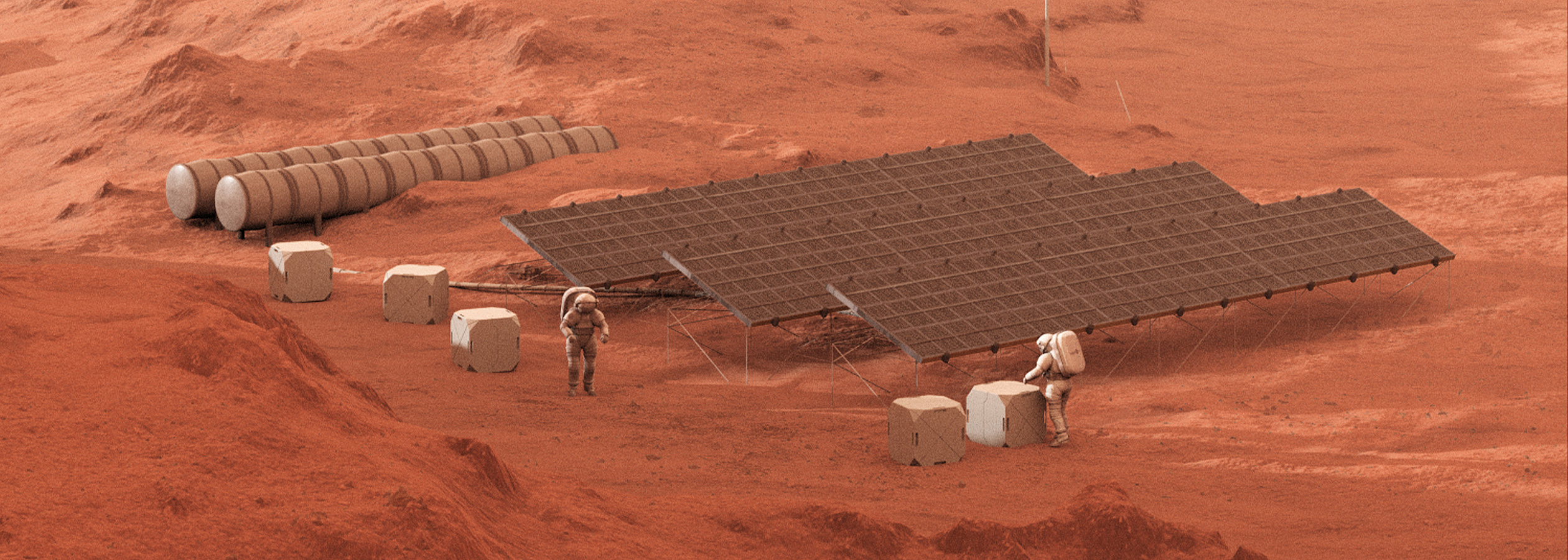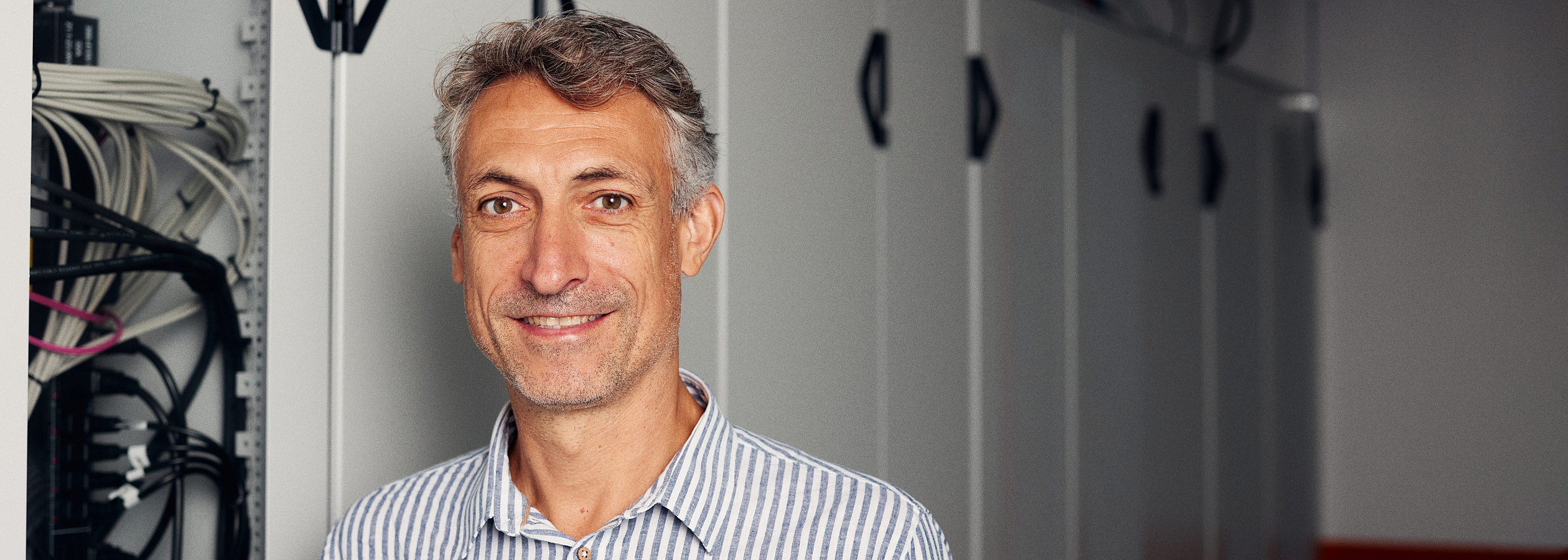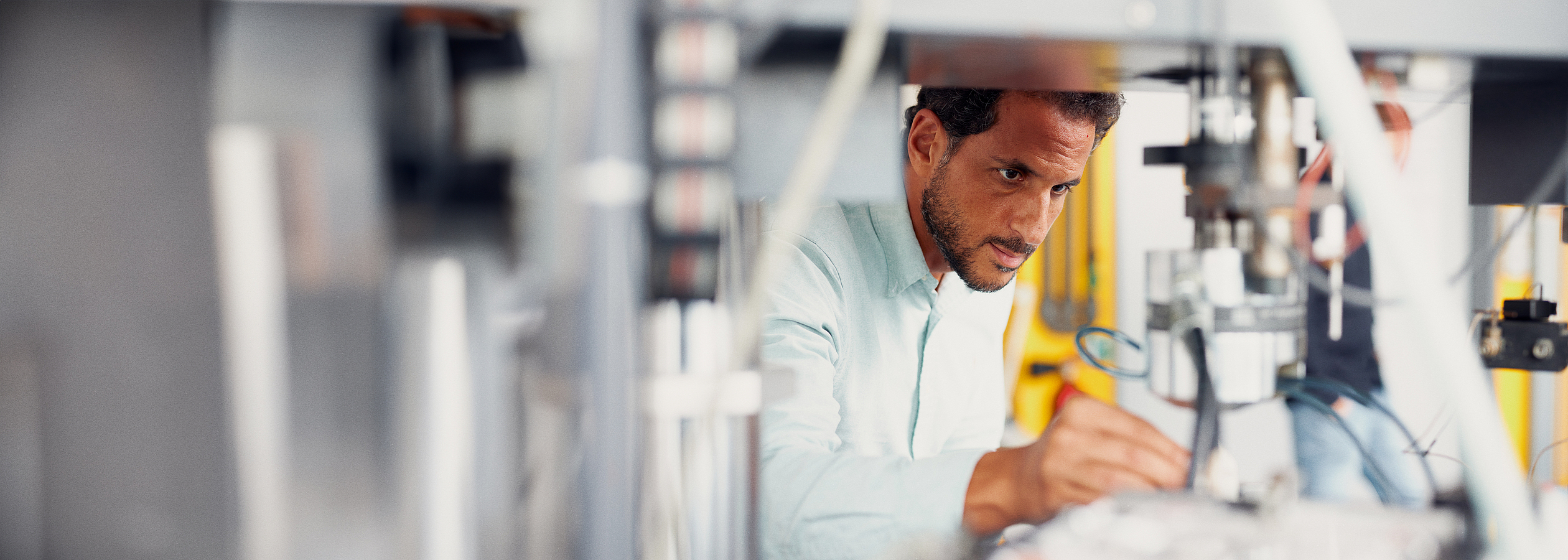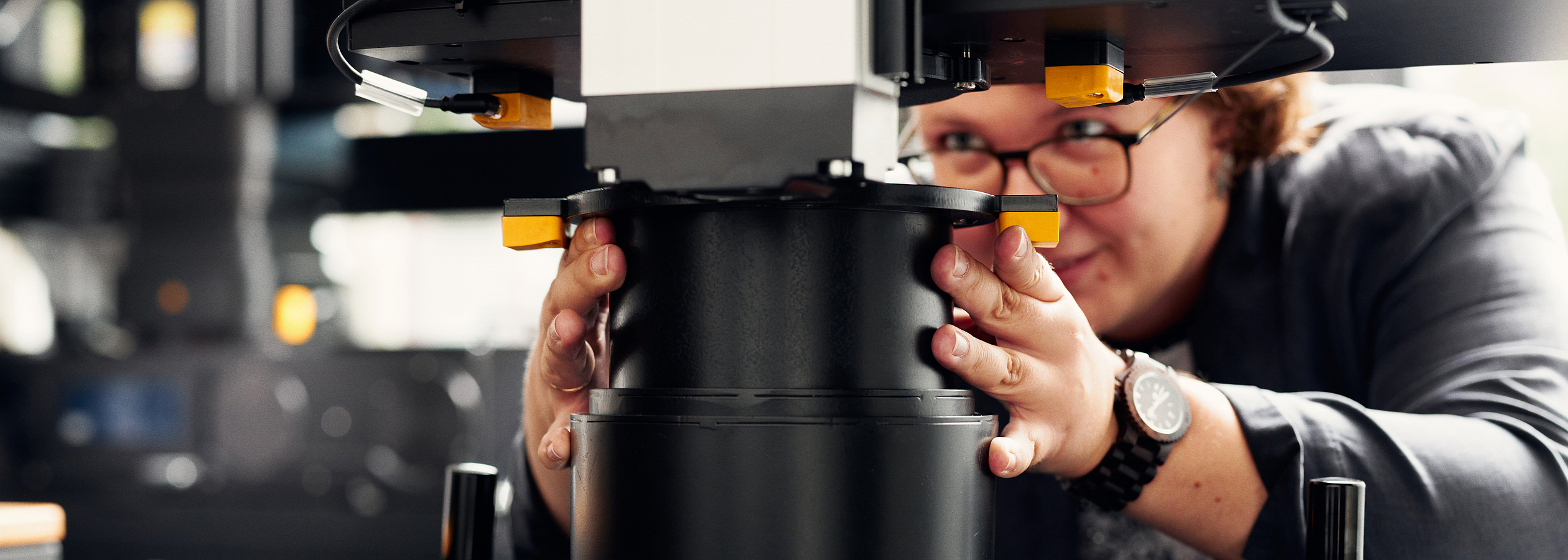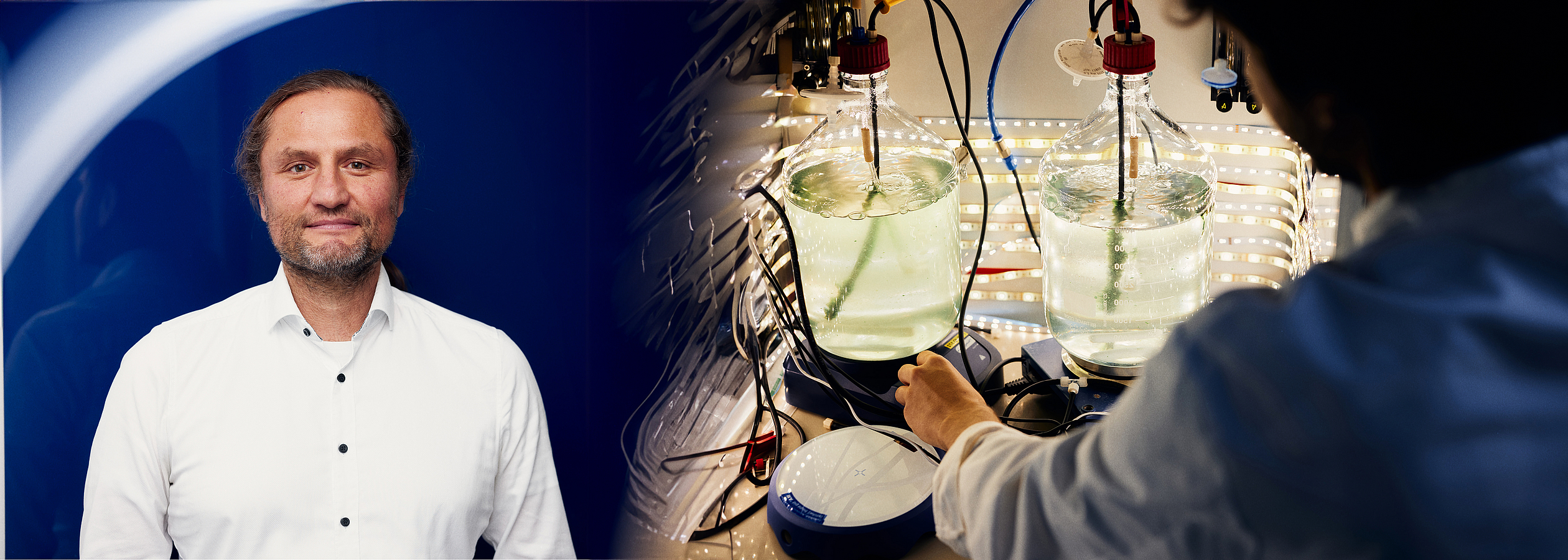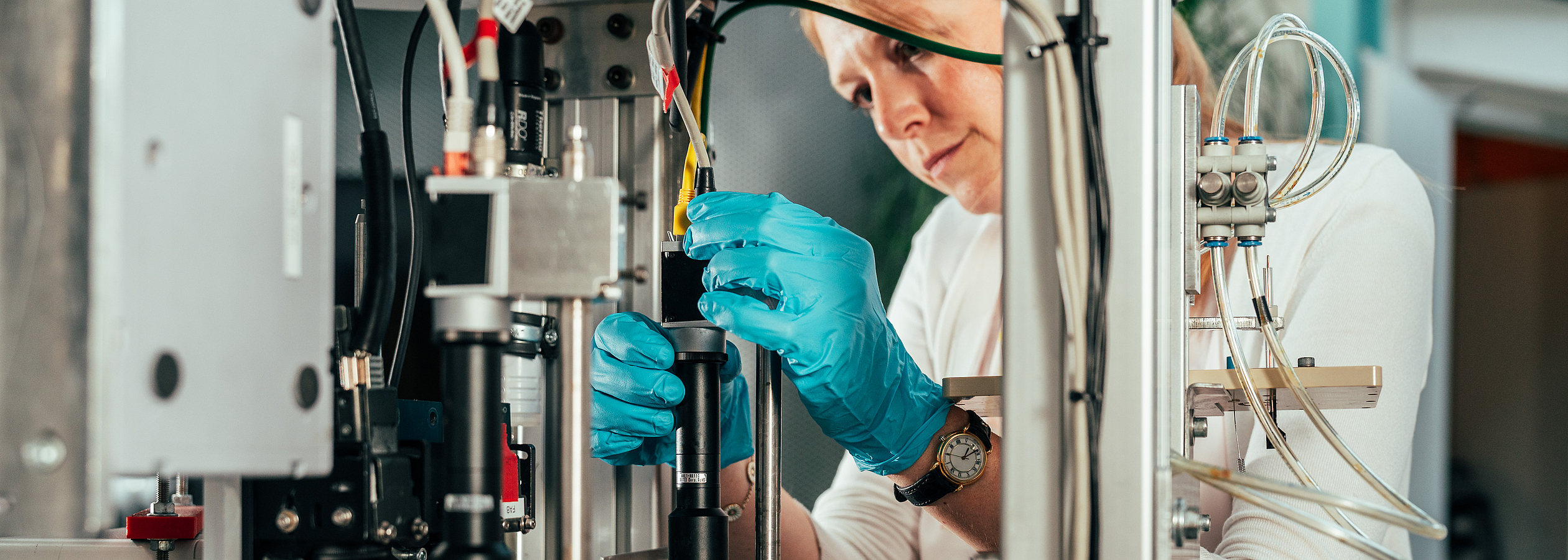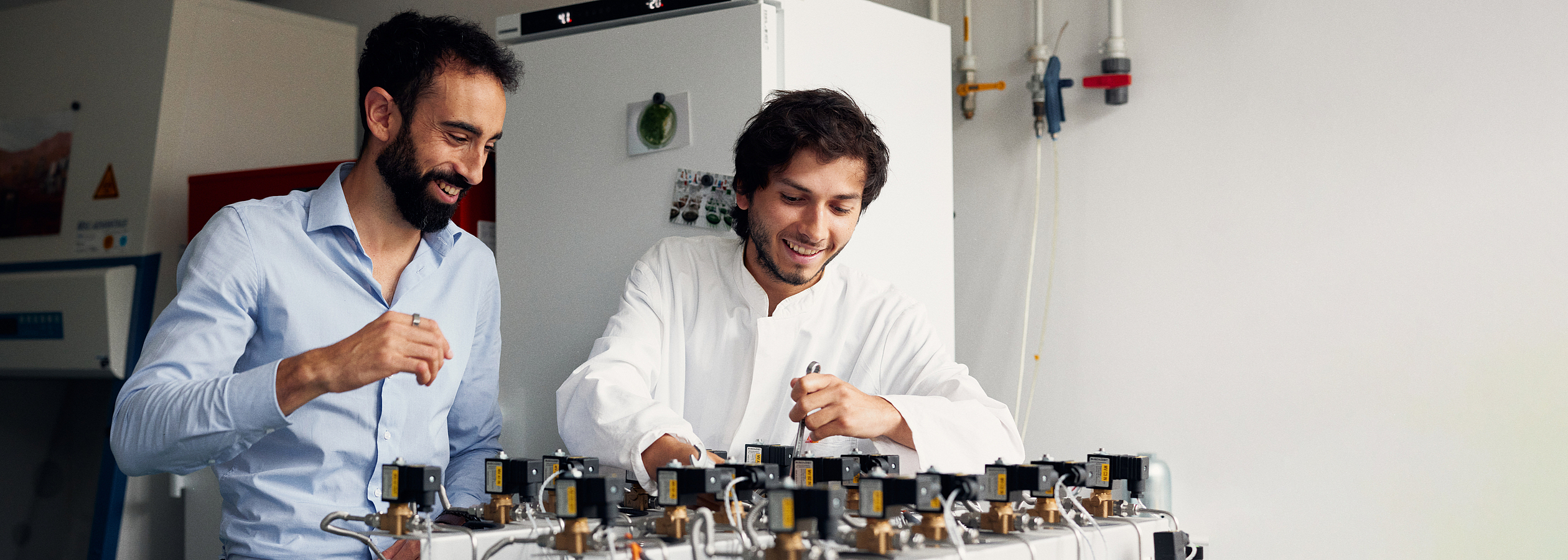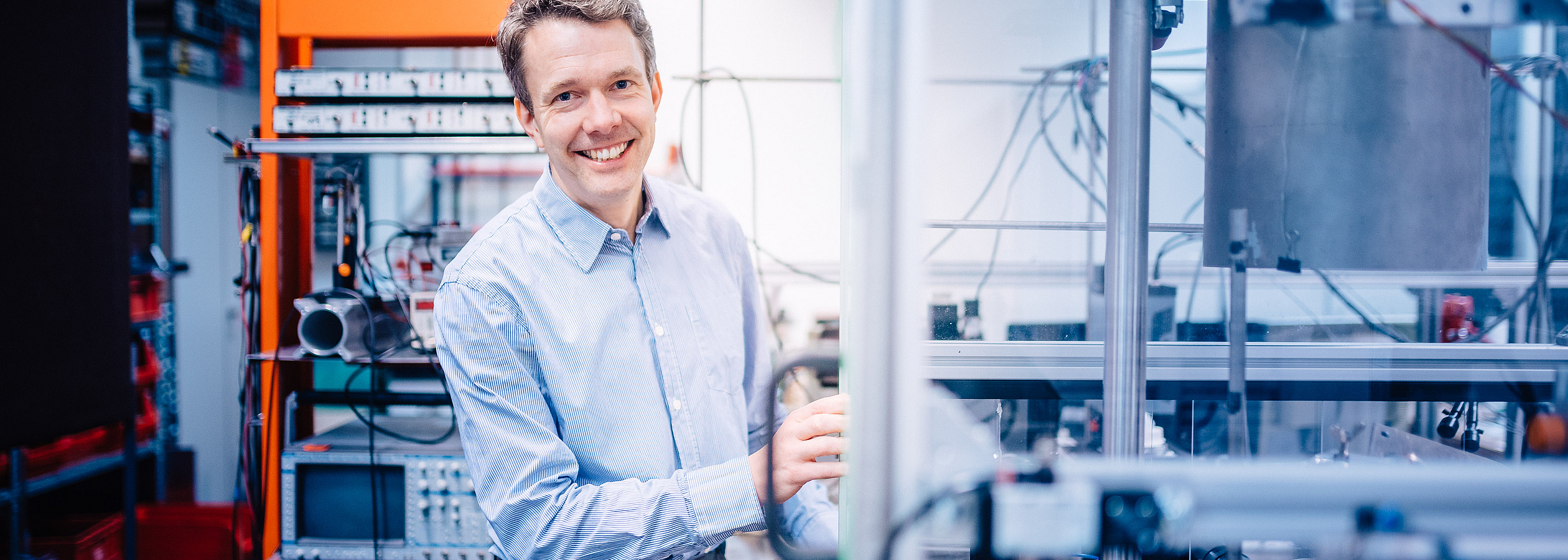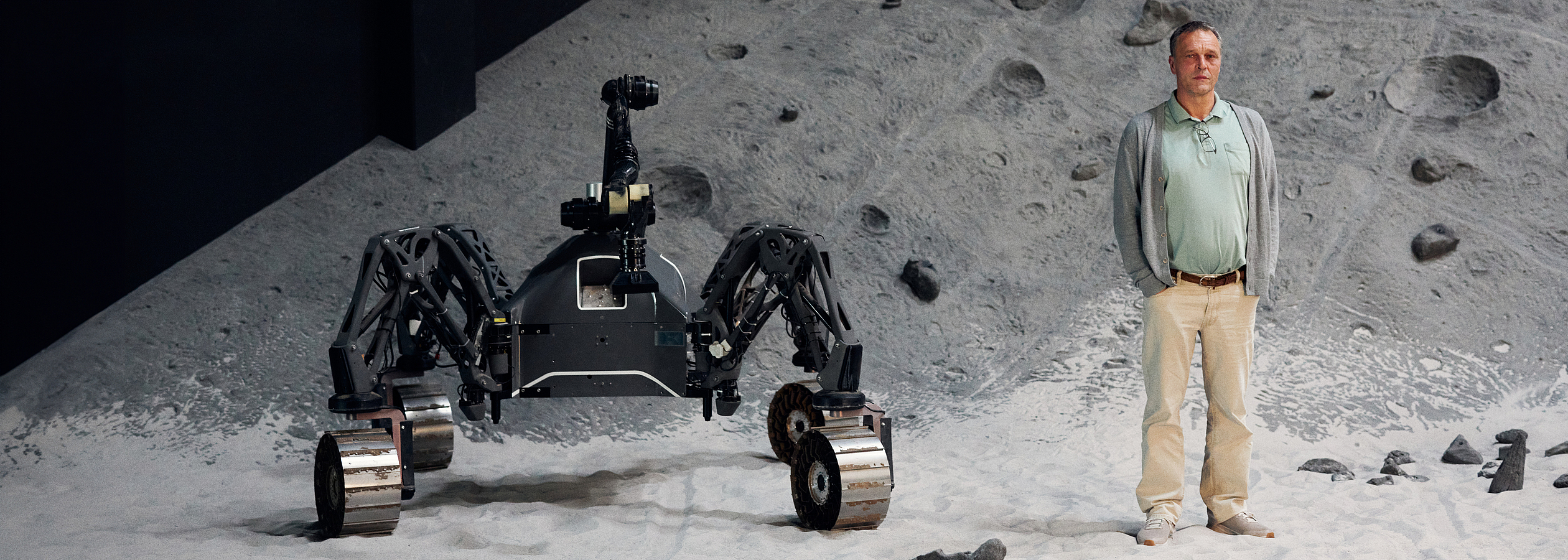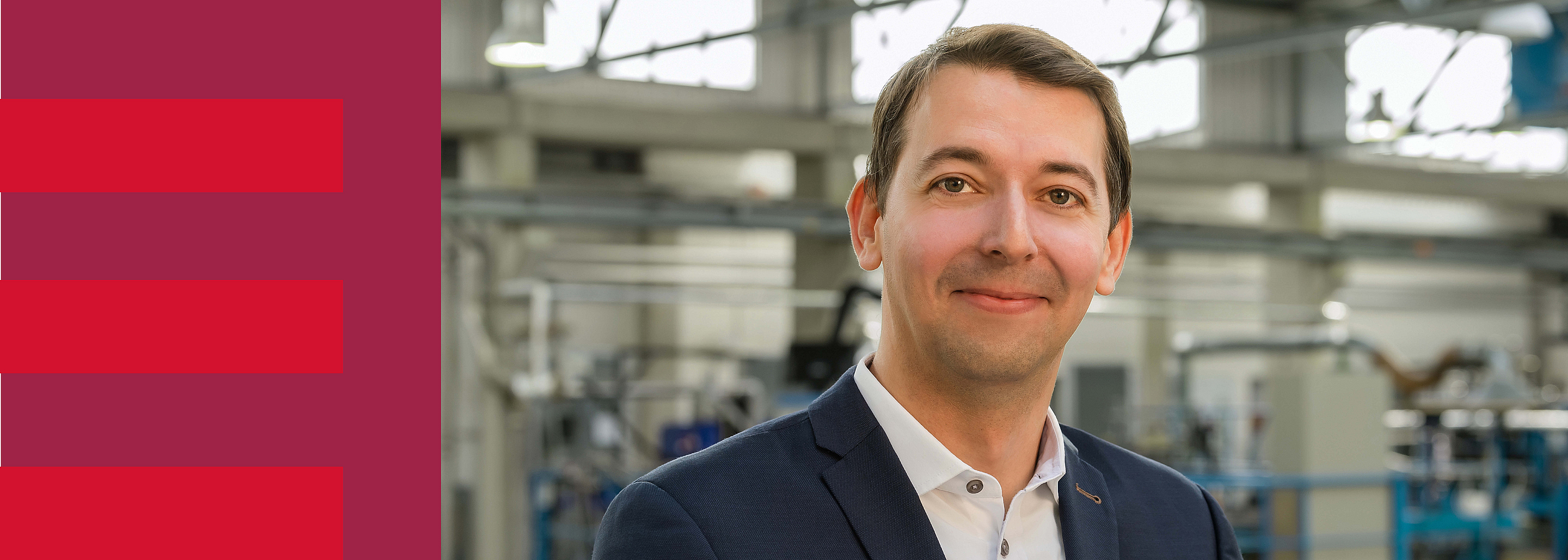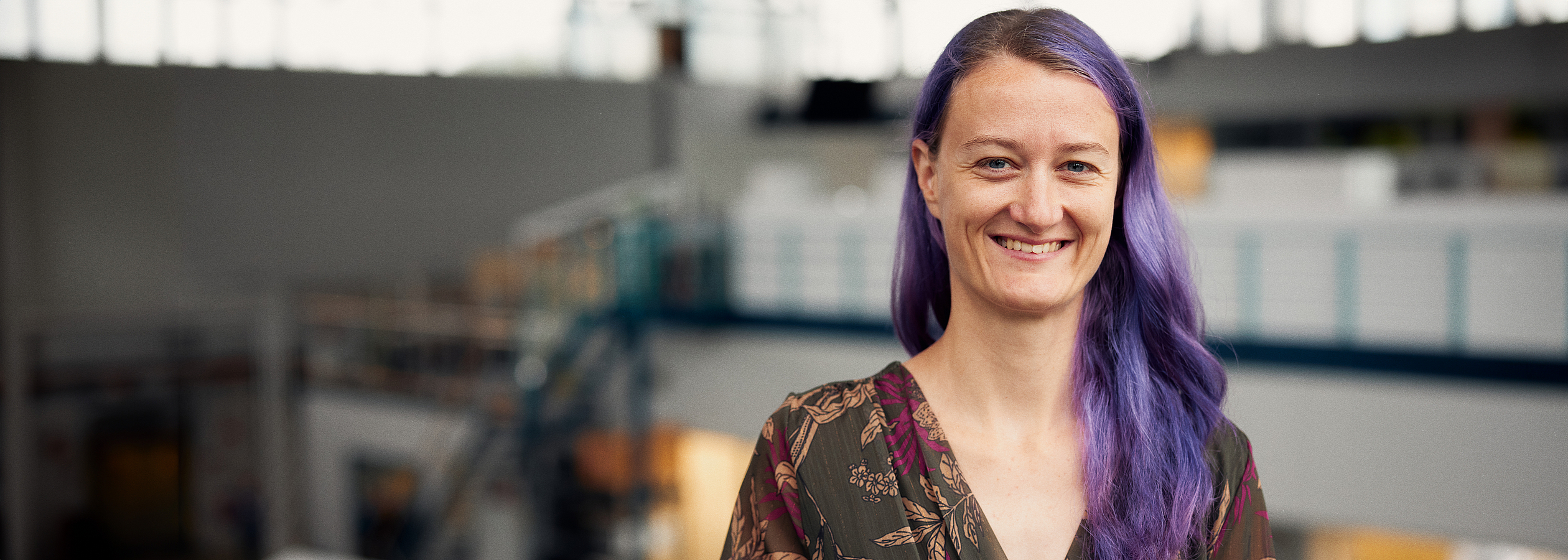
Humans on Mars Initiative
Humans on Mars
Wir untersuchen Wege zu einer nachhaltigen, menschlichen Erkundung des Mars in sieben vom Land Bremen geförderten Projekten. Die Projekte konzentrieren sich auf menschliche Aspekte, wie die Interaktion und Kommunikation zwischen Menschen und gemischten Mensch-Maschine-Teams, auf Habitate und Lebenserhaltungssysteme sowie auf die verantwortungsvolle Gewinnung lokaler Ressourcen für die In-situ-Produktion von Verbrauchsmaterialien und Ersatzteilen.
mehr
News and activities

© Patrick Pollmeier, Universität Bremen

© ZARM, Universität Bremen
Besuch beim Team des Exzellenzcluster-Antrags "Die Marsperspektive"

© Joris Wegner
Millionenförderung für Raumfahrt- und Hafenforschung
Publication highlights

© Joris Wegner, Universität Bremen
Toward an empathy-based trust in human-otheroid relations

© The Authors, licensed under CC BY-NC-ND 4.0
Resource-efficiency of cyanobacterium production on Mars: Assessment and paths forward

© 2024, The Author(s)


